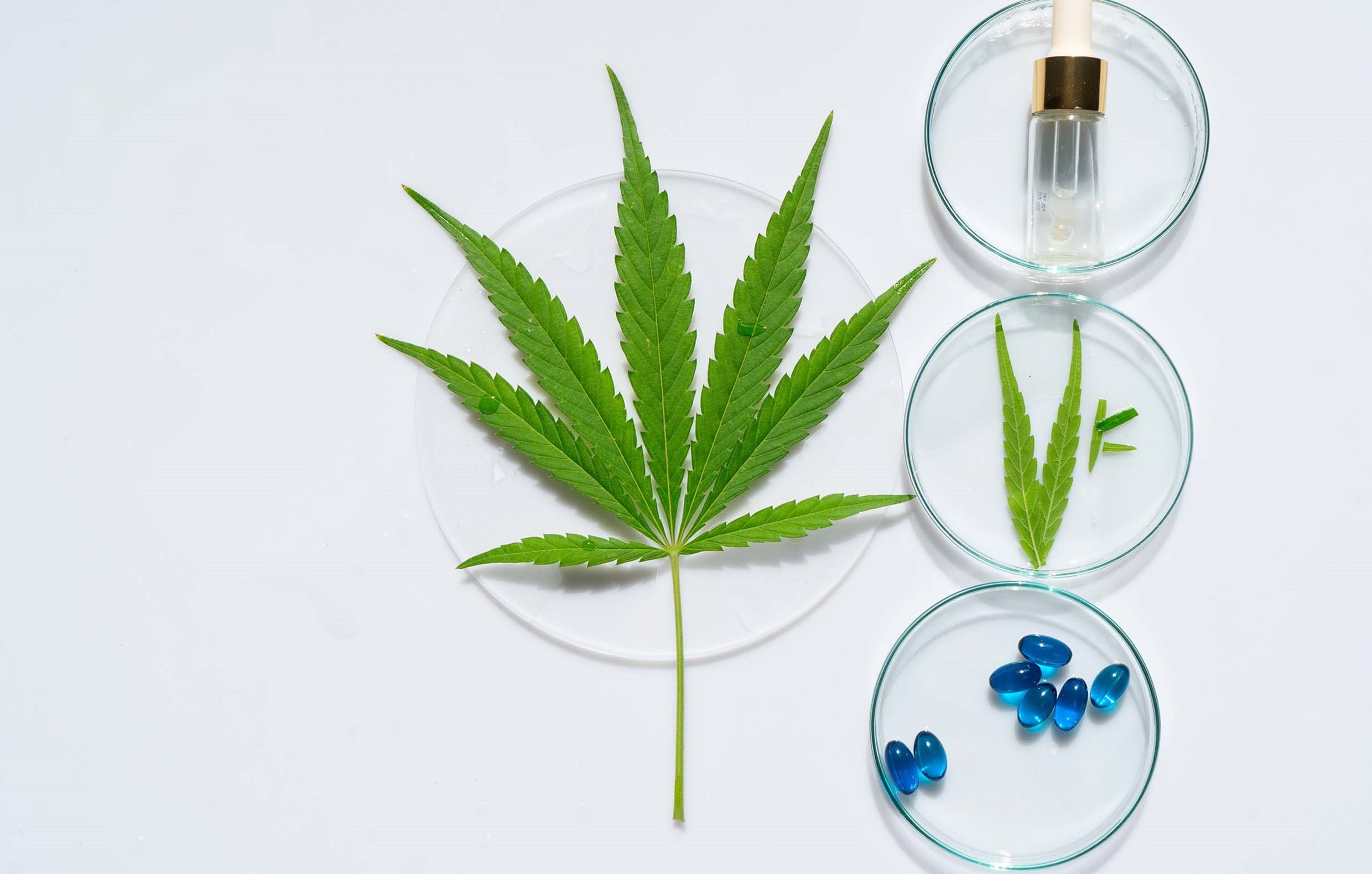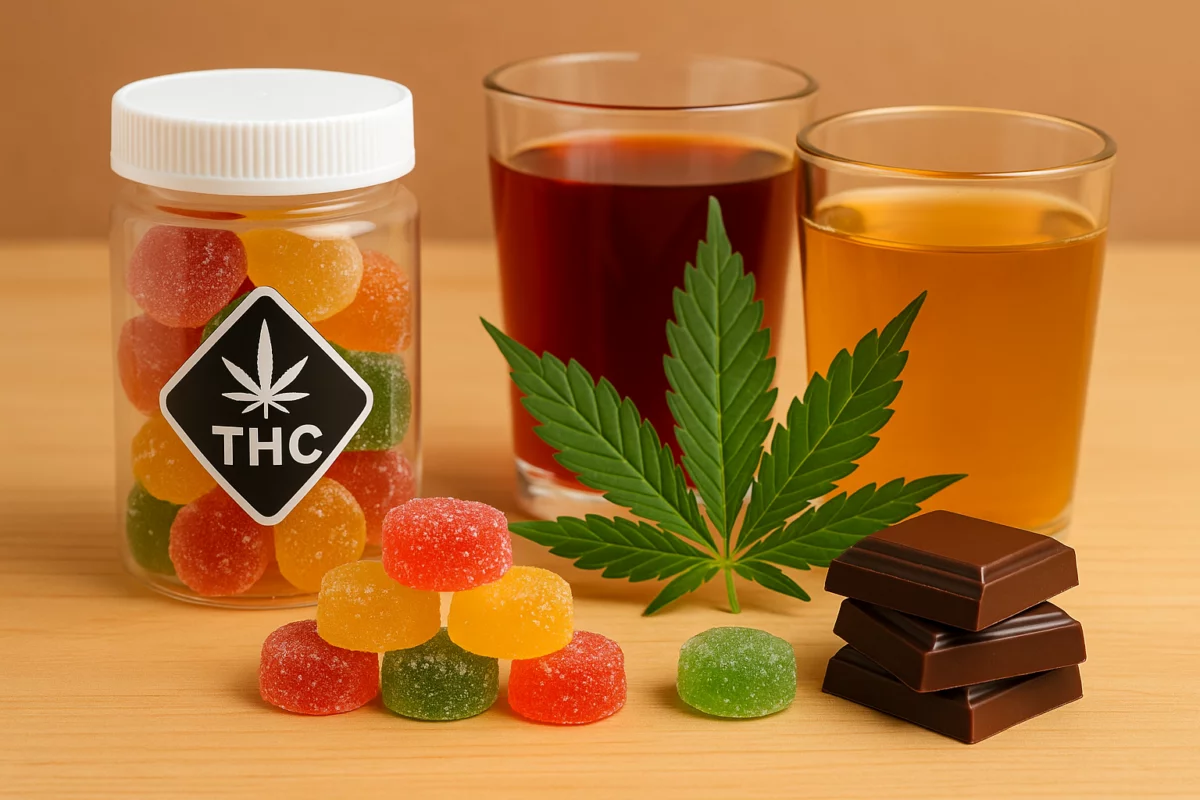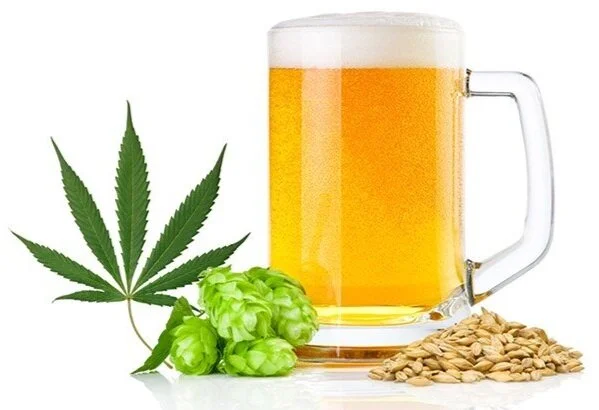
Cannabis and Creativity: Best Practices for Artists, Writers, and Designers
For centuries, creative minds have sought ways to unlock inspiration, enhance focus, and break free from mental blocks. Cannabis has
FREE SHIPPING ON ORDERS OVER $99 | 10 points = $1

In the age of peak productivity and constant innovation, more people are turning to cognitive enhancers to gain a mental edge. Two paths are gaining traction: nootropics, often called “smart drugs,” and LSD edibles, typically used in microdoses for subtle shifts in creativity, focus, and emotional clarity. Both claim to enhance brain performance — but which one actually delivers? And which is safer, more sustainable, and better suited for boosting creativity?
Let’s compare these two cognitive tools across multiple dimensions — science, effects, safety, and real-world use — to help you decide which might be right for your goals.
Nootropics are a broad category of substances — synthetic or natural — believed to enhance cognition, memory, focus, or creativity. Popular nootropics include:
Many nootropics are legal, accessible, and well-researched, making them attractive to students, professionals, and entrepreneurs.
LSD (lysergic acid diethylamide) is a powerful psychedelic, typically used in microdoses (5–20 micrograms) to enhance creativity, emotional resilience, and problem-solving. In edible form — gummies, chocolates, or capsules — it offers a discreet and often more gradual experience.
LSD primarily interacts with the serotonin system, especially the 5-HT2A receptor, which influences mood, perception, and cognition. At low doses, LSD does not induce hallucinations but can produce subtle, enhanced awareness and idea generation.
When it comes to creative thinking, LSD edibles tend to outperform traditional nootropics. Why?
Nootropics, while beneficial for linear, focused thinking, may not stimulate the same depth of creative insight as LSD.
If your goal is sustained focus, mental clarity, and energy, nootropics may be more reliable.
One of the big differences lies in how you feel on each substance.
This is why many artists and visionaries lean toward LSD microdosing, while executives, programmers, and students may prefer nootropics.
Nootropics:
LSD Edibles:
| Goal | Best Choice |
|---|---|
| Brainstorming new ideas | LSD Edibles (microdose) |
| Long hours of work/study | Nootropics |
| Emotional or creative blocks | LSD Edibles |
| Consistent focus and memory | Nootropics |
| Self-exploration + healing | LSD Edibles |
| Performance under pressure | Nootropics |
There doesn’t have to be a war between nootropics and LSD edibles. Many biohackers and creatives actually use both — with awareness and intention.
For example, microdosing LSD once or twice a week for creative insight and emotional flexibility, and using nootropics like L-theanine and caffeine for productivity on non-dosing days.
The key is to understand your goals — are you looking to think deeper or move faster? Break through blocks or lock into tasks? And always prioritize safety, education, and self-awareness in your cognitive enhancement journey.

For centuries, creative minds have sought ways to unlock inspiration, enhance focus, and break free from mental blocks. Cannabis has

In a world where social pressure, digital distraction, and anxiety are on the rise, the ability to feel present, grounded,